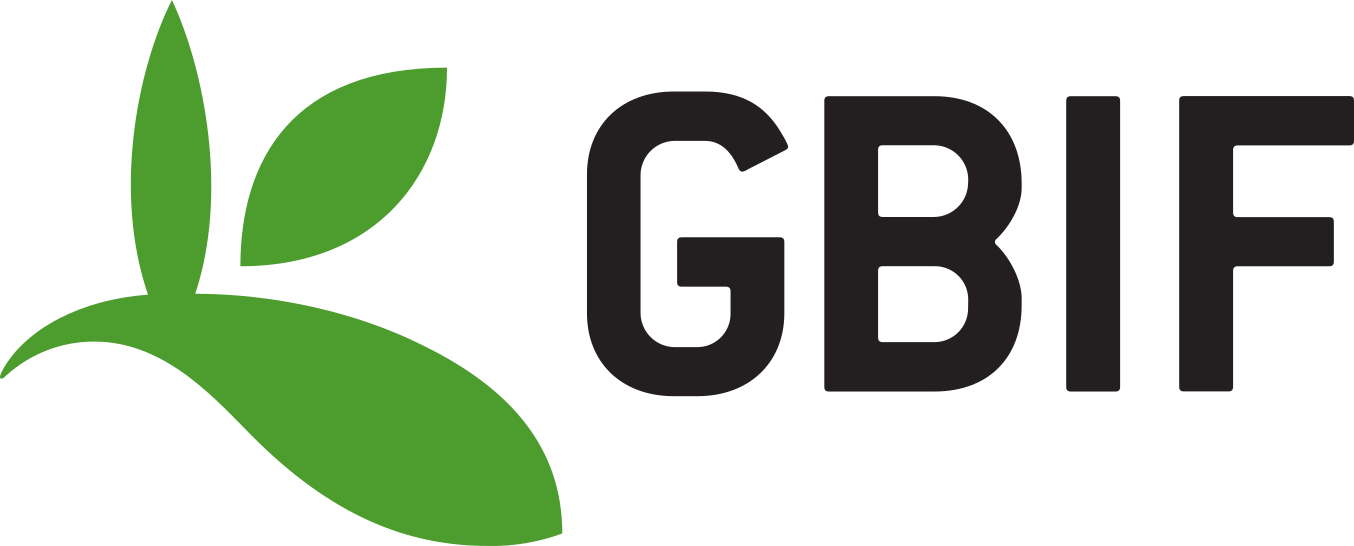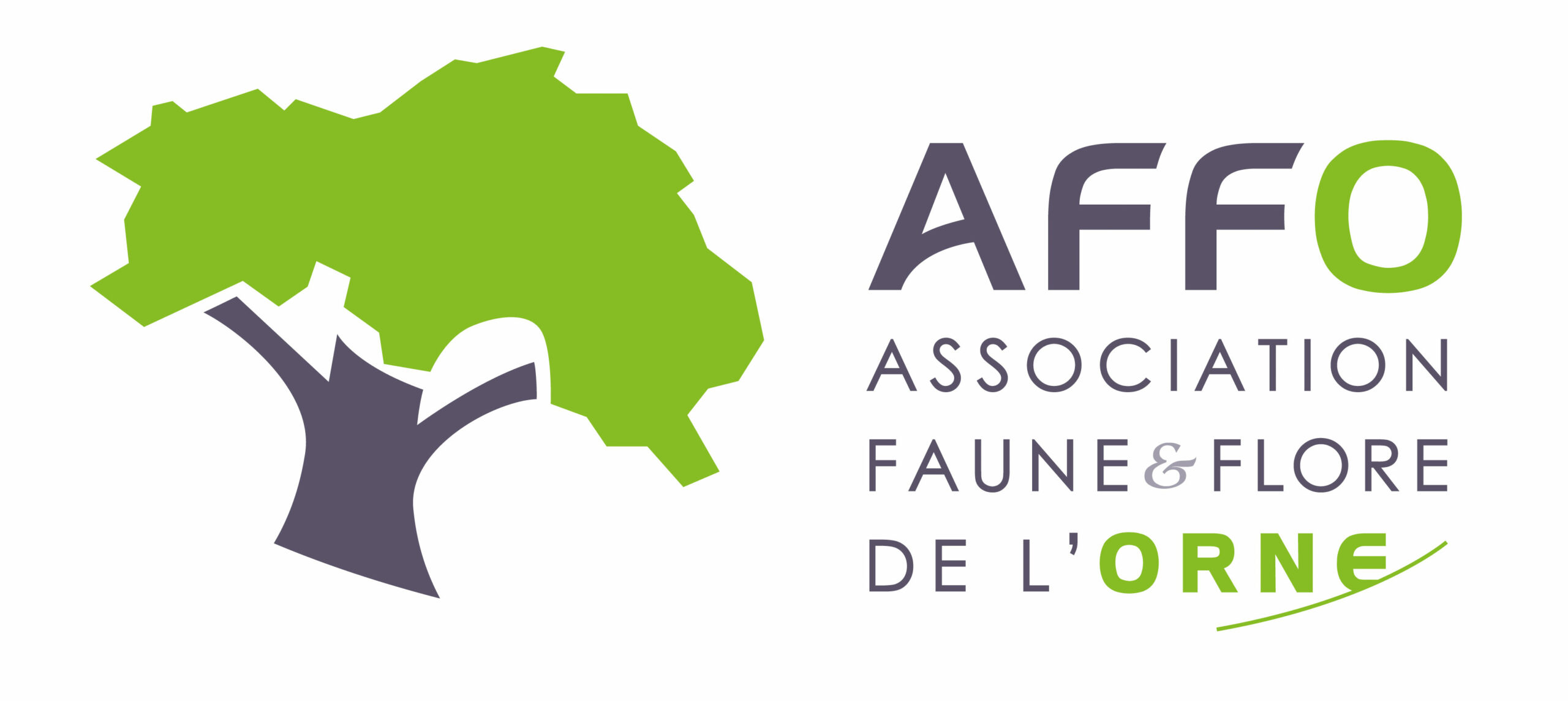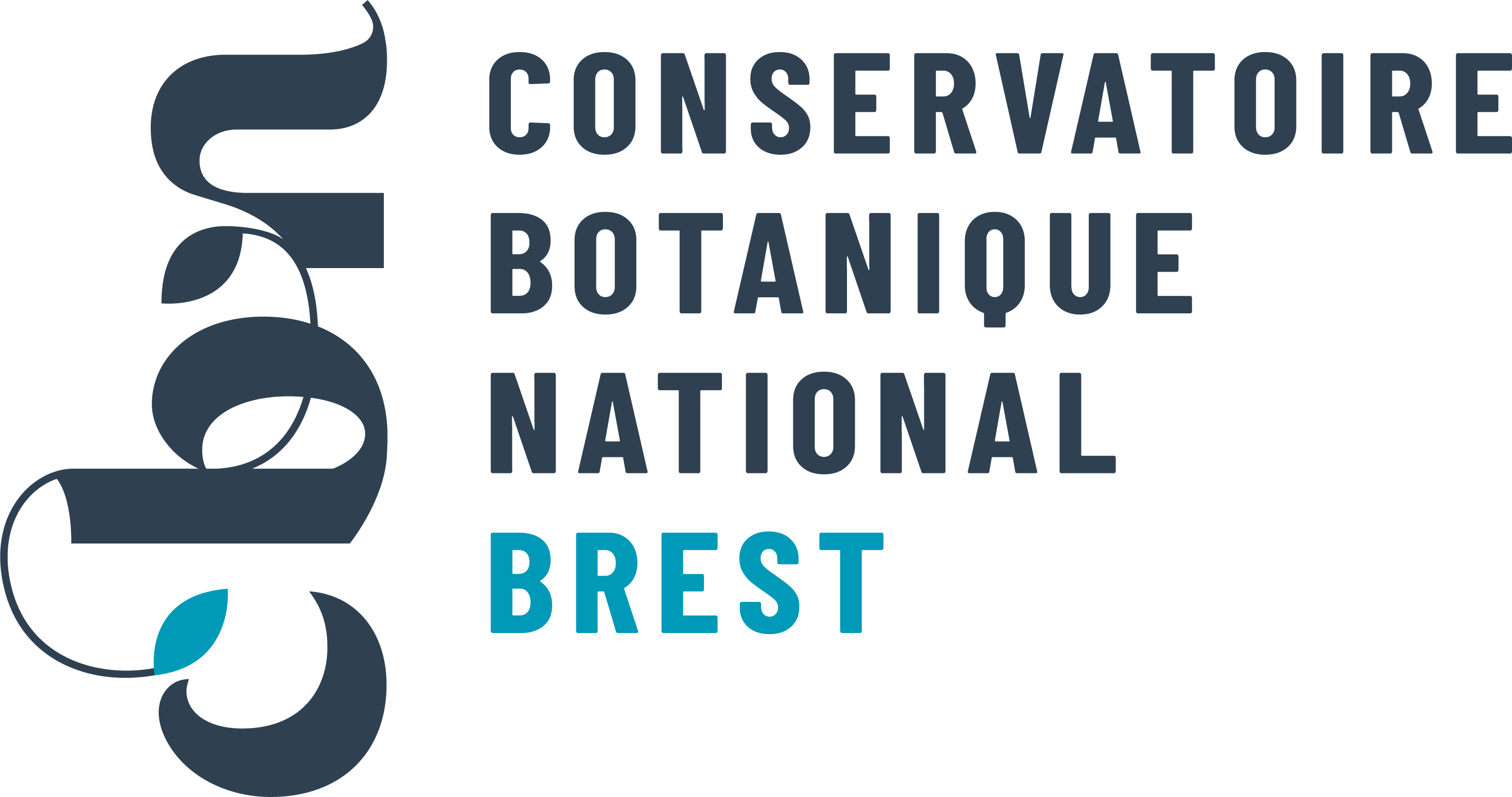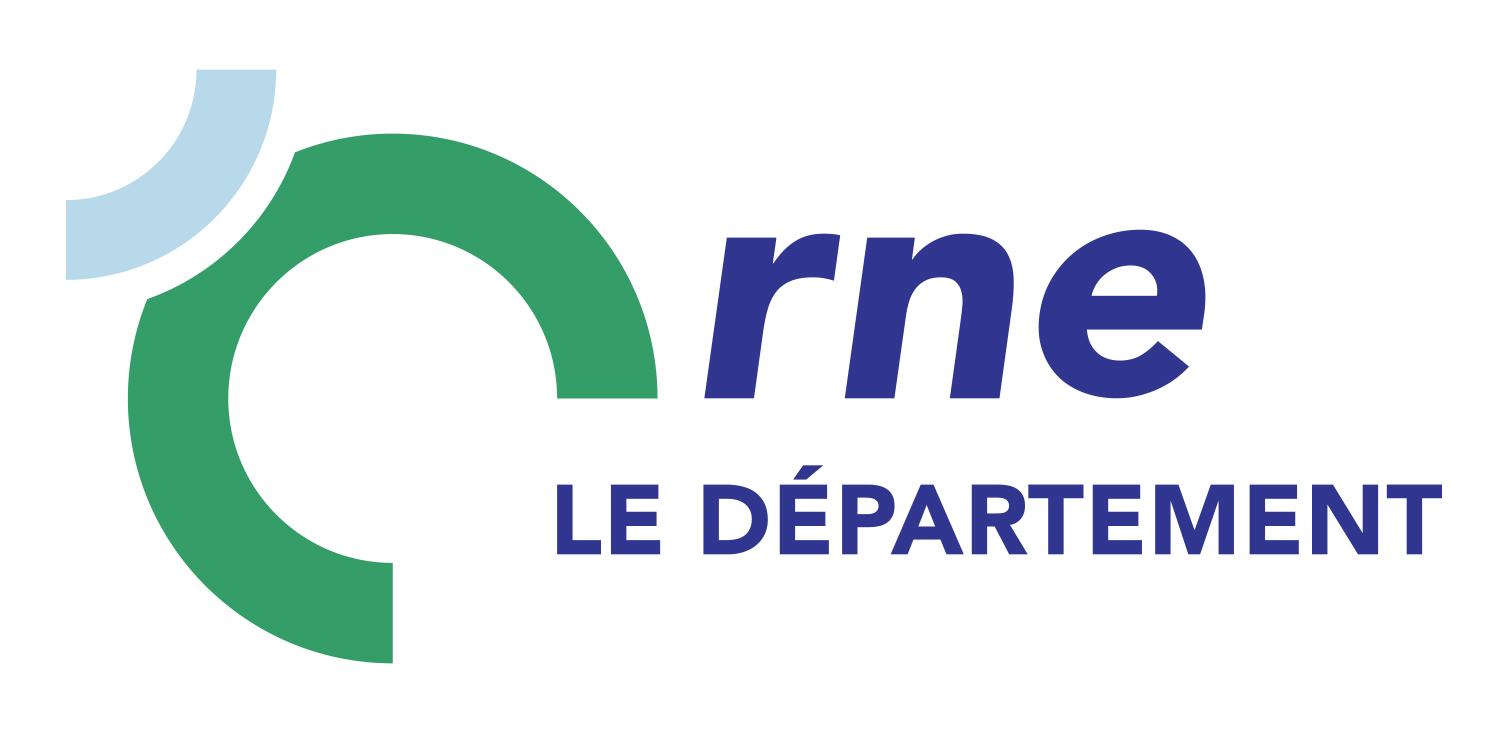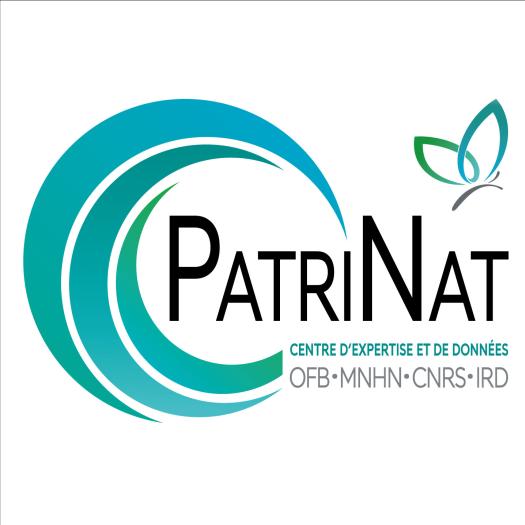Œnanthe aquatique
Oenanthe aquatica (L.) Poir., 1798

Où cette espèce a-t-elle été observée ?
 Attention : cette espèce peut être présente où il n’y a pas de maille, mais à ce jour elle n’y a pas encore été observée.
Attention : cette espèce peut être présente où il n’y a pas de maille, mais à ce jour elle n’y a pas encore été observée.
- 90 observations
-
27
communes -
28
observateurs
9
organismes -
Première observation
1901 -
Dernière observation
2025
Argenvilliers - Authon-du-Perche - Beaumont-les-Autels - Belforêt-en-Perche - Bellavilliers - Champeaux-sur-Sarthe - Chapelle-Guillaume - Chemilli - Feings - Frazé - La Chapelle-Fortin - La Puisaye - Le Mage - Les Ressuintes - L'Hôme-Chamondot - Longny les Villages - Miermaigne - Moutiers-au-Perche - Nonvilliers-Grandhoux - Pervenchères - Sablons sur Huisne - Saint-Éliph - Senonches - Thiron-Gardais - Tourouvre au Perche - Vaunoise - Vichères
-
Conservatoire botanique national du Bassin parisien (CBNBP)
Participation à 35 Observations
Part d'aide à la prospection : 38.89 %
Fiche organisme
-
Association Faune & Flore de l'Orne (AFFO)
Participation à 34 Observations
Part d'aide à la prospection : 37.78 %
Fiche organisme
-
Conservatoire Botanique National de Brest (CBNB)
Participation à 27 Observations
Part d'aide à la prospection : 30.00 %
Fiche organisme
-
PNR et géoparc mondial UNESCO Normandie-Maine
Participation à 24 Observations
Part d'aide à la prospection : 26.67 %
Fiche organisme
-
PNR du Perche
Participation à 15 Observations
Part d'aide à la prospection : 16.67 %
Fiche organisme
-
Conseil départemental de l'Orne (bureau ENS)
Participation à 3 Observations
Part d'aide à la prospection : 3.33 %
Fiche organisme
-
UMS PatriNat (OFB-CNRS-MNHN)
Participation à 2 Observations
Part d'aide à la prospection : 2.22 %
Fiche organisme
-
Institut floristique franco-belge (IFFB)
Participation à 1 Observation
Part d'aide à la prospection : 1.11 %
Fiche organisme
-
Ministère de la Transition écologique et de la Cohésion des territoires
Participation à 1 Observation
Part d'aide à la prospection : 1.11 %
Fiche organisme
Informations espèce
G1.2133 : Ponto-Pannonic tall herb ash-alder woods
Répartition actuelle en France métropolitaine
© INPN - Avertissement : les données visualisables reflètent l'état d'avancement des connaissances et/ou la disponibilité des données existantes au niveau national : elles ne peuvent en aucun cas être considérées comme exhaustives.
Répartition actuelle dans le monde
Avertissement : les données visualisables reflètent l'état d'avancement des connaissances et/ou la disponibilité des données existantes au niveau mondial : elles ne peuvent en aucun cas être considérées comme exhaustives.



